On September 17, Turkey and Russia reached an agreement over Idlib, Syria to create a 15 to 25 kilometer buffer zone by October 15. Heavy weaponry and radical elements will be removed from the zone with the Russian and Turkish military patrolling to ensure that the zone is respected. With Russian Defense Minister Sergei Shoigu saying that there would be no new military operation against Idlib, a major humanitarian disaster appears to have been forestalled, at least for now.
As the government consolidated control over most of Syria, attention was increasingly focused on the roughly 40 percent of the country outside its control. Pockets held by ISIS remnants aside, the three largest areas are held by the U.S.-supported and Kurdish PYD-led Syrian Democratic Forces (SDF), Turkey and the Free Syrian Army (FSA), and rebel-dominated Idlib. The latter is the last remaining de-confliction zone established as part of the Astana process with separate observations posts held by Turkish, Russian, and Iranian military contingents. Hayat Tahrir al-Sham (HTS), an offshoot of al-Qaida, holds most of the ground in Idlib.
The Astana process excludes from its ceasefires terrorist groups as defined in UNSC Resolution 2254, specifically ISIL and the al-Nusra Front “and all other individuals, groups, undertakings, and entities associated with al-Qaida or ISIL, and others… designated by the Security Council.” As both the Syrian military and its allies and the rebels prepare for battle, Turkey had declared Idlib a red line, fearing more refugees in addition to its 3.4 million already in the country.
The first few days of fighting had already seen over 30,000 forcibly displaced, with the U.N. warning that a full assault on the densely populated, largely Sunni, province risked the worst humanitarian catastrophe of the 21st century with some 800,000 set to flight and massive casualties. Internally displaced persons constitute half the province’s population of over 3 million, including 1 million children. Many are from areas conquered by President Bashar al-Assad through heavy bombardments and subsequent surrenders and evacuations, including in other de-confliction zones. Some 1.7 million people need humanitarian assistance, and while aid comes in through Turkey, there are shortages of food and medicine. By summer 2018, only one-third of needed donor assistance was secured. On August 22, France, the U.K., and the U.S. warned the government against repeating their use of chemical weapons in Idlib. In return, Russia warned against rebels staging chemical attacks to provoke Western strikes.
Amid further warnings from Western powers and the U.N. against a full-scale attack, Turkey and Russia reached an agreement despite the earlier rejection of a ceasefire by Russia and Iran in a three-way summit in Tehran. HTS appears to have little hold over the population’s sympathies but holds 60 percent of the province and remains the most potent rebel force. The rest is held by other rebel groups, mostly affiliated with the Free Syrian Army and slowly brought together by Turkey—a work also underway in areas further West and North controlled by Turkey.
Turkey has been putting pressure on HTS to peel away reconcilable elements, but progress is slow. Turkish proposals to remove HTS from areas in Idlib where it threatened Russia’s Hmeymim airbase and areas around Aleppo appear to have clinched the current deal, though details remain unclear and it may well be that Turkey will have to engage in fighting against irreconcilable groups. Still, the deal may allow Russia to achieve its political goal of shedding Syria’s pariah status and some Western support for reconstruction.
However, longer term challenges remain. Even if HTS is defeated or otherwise removed from the field, then what? Will Syria allow meaningful political accommodation with moderates? If not, how will the rebels and Turkey respond? What about Afrin and Jarablus that Turkey controls following operations in 2016 and 2018 to dislodge ISIS and then YPG fighters from its borders? This is an area of roughly 4,000 square kilometers with a largely Sunni population of around 800,000. Despite some local tensions, Turkey has invested in infrastructure, local administration, schools, hospitals, industrial zones, even universities, and trained local security forces hoping to move some of its Syrian refugees and perhaps some of the displaced from Idlib. It is also worth asking whether Syria really wants back millions of disaffected Sunnis. At any rate, the future of this enclave awaits a political solution that seems unlikely anytime soon.
Then there is the U.S. and the PYD-led SDF who control nearly 30 percent of Syria in the oil-rich east and northeast, along the borders of Turkey and Iraq. Extending beyond traditional Kurdish territories and with tensions with local Arabs, this is a tenuous situation. However, the new longer-term U.S. strategy strengthens the Kurds’ hand. U.S. forces will now apparently remain indefinitely to ensure Iran’s departure and ISIS’ “enduring defeat.” The PYD and the regime often coordinated and cooperated during the war and are now talking on the provision of health, education, electricity services, etc. to be followed by political talks. But with the PYD wanting a decentralized state and autonomy and the government insistent on full territorial sovereignty, here too a political agreement seems far-off.
A sustained ceasefire could emerge between government and rebel areas, leaving a divided Syria for now. In Syria, there is palpable war weariness, but reconciliation and longer-term stability appear distant. As the Middle East Institute’s Paul Salem notes, “What’s particularly tragic about the Syria situation is that the terrible government repression…torture, an economy that was very unequal…all of that has gotten much worse, and yet, Syria has not gotten closer, maybe it’s gotten farther from a political settlement.”
The Brookings Institution is committed to quality, independence, and impact.
We are supported by a diverse array of funders. In line with our values and policies, each Brookings publication represents the sole views of its author(s).
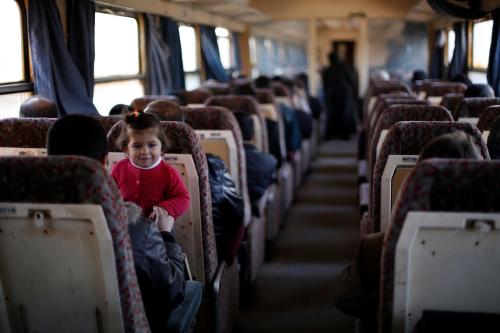
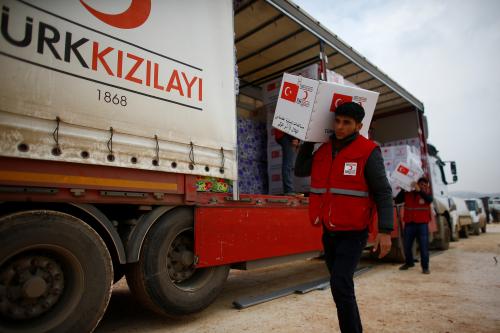
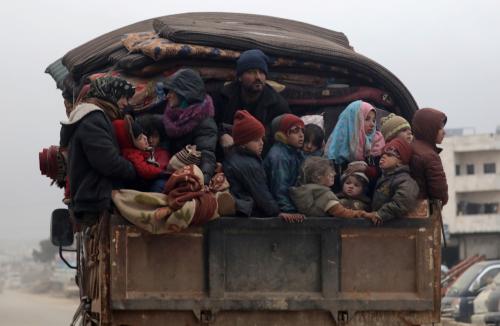
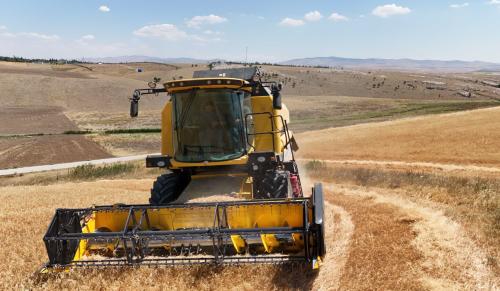
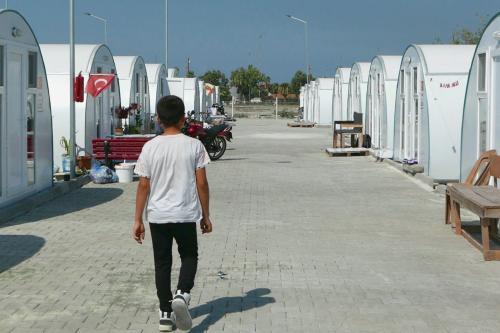
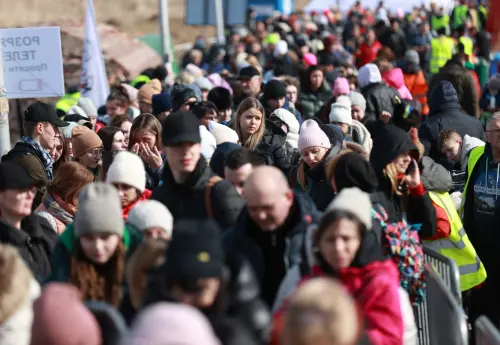
Commentary
The Idlib agreement and other pieces of the Syrian puzzle
September 17, 2018